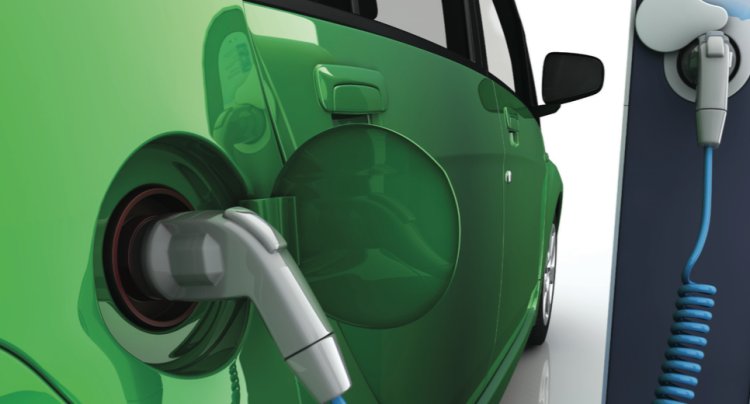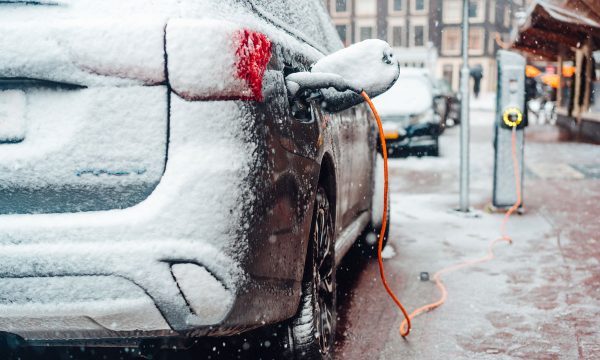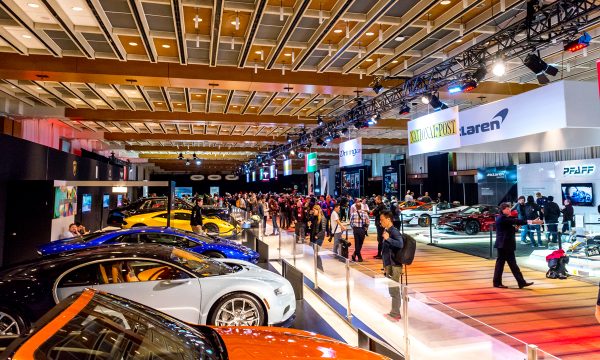AUTOMAKERS ARE GEARING UP TO INCLUDE EVS IN THEIR LINEUPS, BUT THEY FACE MANY CHALLENGES ALONG THE WAY

When he was discussing the Ontario government’s recently-released Climate Change Strategy report with the media, Glen Murray, the province’s Environment Minister, made no bones about what cars that government wants its residents to be driving in the very near future. “We want you, in your next car selection, to drive an electric vehicle or a hybrid,” said Murray.
Never mind what people want to drive. Bit by bit, they are being forced into electric, or at least electrified, vehicles by government regulation.
Ontario is far from the only regime pushing in that direction. In fact, it’s a relatively small player in the overall scheme. The U.S. government, through its Environmental Protection Agency (EPA), is leading the assault on the gasoline-powered status quo with near-draconian fuel-consumption regulations that take effect progressively from now until 2025. And Canada, with its policy of harmonized standards with the U.S., is following suit, albeit with CO2 (carbon dioxide) limitations rather than direct fuel consumption standards.
California and nine other U.S. states, including New York and New Jersey, have set a target of 15 per cent electric, plug-in hybrid and fuel-cell vehicles in their new-vehicle sales by 2025. Automakers face fines and potential restrictions if they fail to meet those goals.
China, too, is firmly on the electric bandwagon. According to Bloomberg, foreign manufacturers must have at least one battery-electric model in their lineups if they hope to win government approval to build factories in China. In Europe, it’s tightening CO2 regulations that are fuelling the drive to electrification.
The bottom line is, even without mandated EV sales targets, automakers worldwide will be forced to realize a significant proportion of electric vehicles in their sales mix to meet national corporate average fuel consumption or CO2 standards while still offering popular sized vehicles in their lineups. And dealers, in turn, will have to sell them.
Rather than resisting what they now have accepted as the inevitable, most automakers are gearing up to include both fully-electric and plug-in hybrid vehicles in their future lineups. Some, like BMW, are rumoured to be moving toward plug-in hybrids as their standard powerplants by 2022.
Even without mandated EV sales targets, automakers worldwide will be forced to realize a significant proportion of electric vehicles in their sales mix to meet national corporate average fuel consumption or CO2 standards.
Among the most recent to join the electric parade is Porsche, which has confirmed plans to introduce a fully-electric four-door model based on its Motion E concept, from the 2015 Frankfurt Motor Show, by the end of the decade.
In releasing proposed specifications for that car, Porsche has addressed two of the three major obstacles to public acceptance of EVs. The first of those is range, which Porsche claims will exceed 500 kilometres for the Mission E. If that goal is realized, it at least will bring it close to the poorest conventional cars in that respect and will cover a very high percentage of most people’s driving.
The second challenge is charging time. The Mission E’s lithium-ion batteries, integrated within the vehicle’s floor, would be charged via an 800-volt quick-charger specially developed for the car, which is twice as powerful as today’s systems. Just 15 minutes on that charger will provide enough juice to achieve 80 per cent of full range, says Porsche. Not as fast as filling the gas tank but getting within the same order of magnitude. Optionally, the vehicle could be recharged wirelessly at home via an induction coil in the garage floor, albeit at a much slower rate.
The third big obstacle is price, and it’s unlikely Porsche will be the one to break down that barrier. The associated hope, however, is that the technology will trickle down to less-expensive models, shedding cost along the way, as has happened with other technologies like Electronic Stability Control.
This dramatic change will, of course, have significant implications for dealers — not just in terms of sales and service practices but in required infrastructure. Super high-powered-chargers won’t come cheap. And how many will each store need? It’s conceivable that not just individual facilities but local power supply systems may need upgrading to accommodate the high-voltage charging systems.
Already, with just insignificant numbers of EVs on the road, charging rage has become part of the lexicon as drivers express their dissatisfaction with the wait times for other vehicles to charge or the simple lack of available charging stations. Those problems will all get sorted out in time but patience will be a virtue in getting from here to there. Those who recognize where the industry is going and plan accordingly will be ahead of the game.










